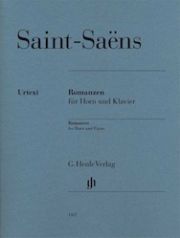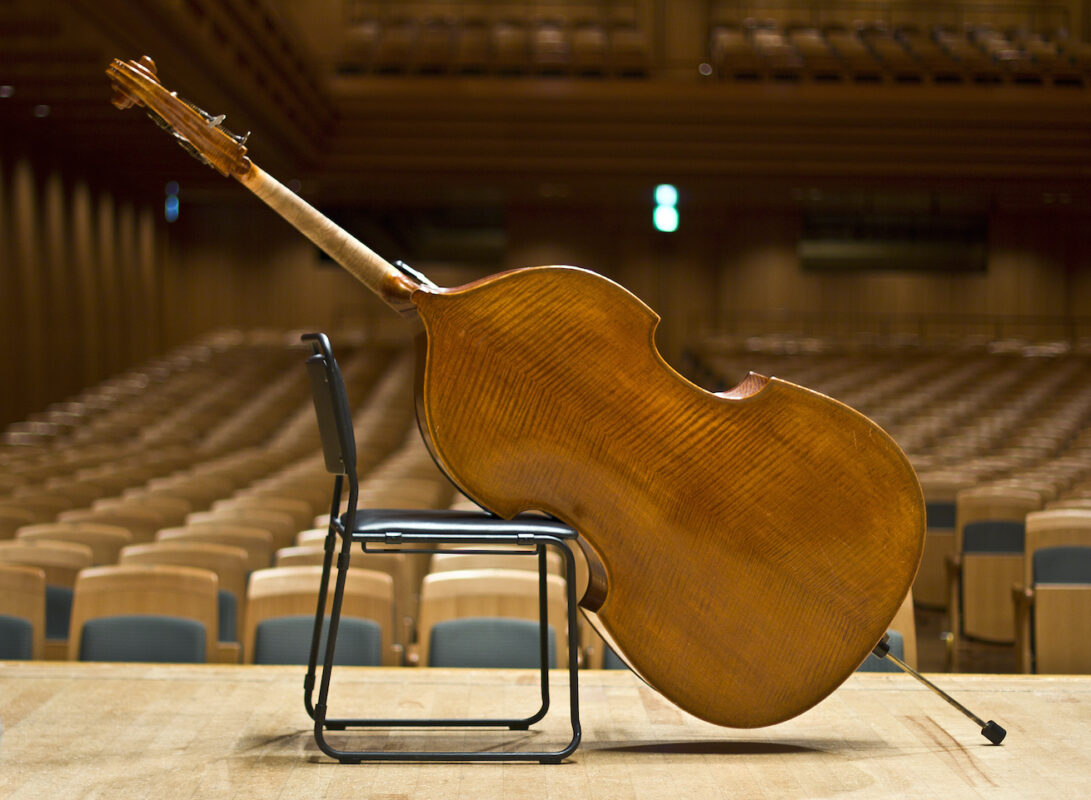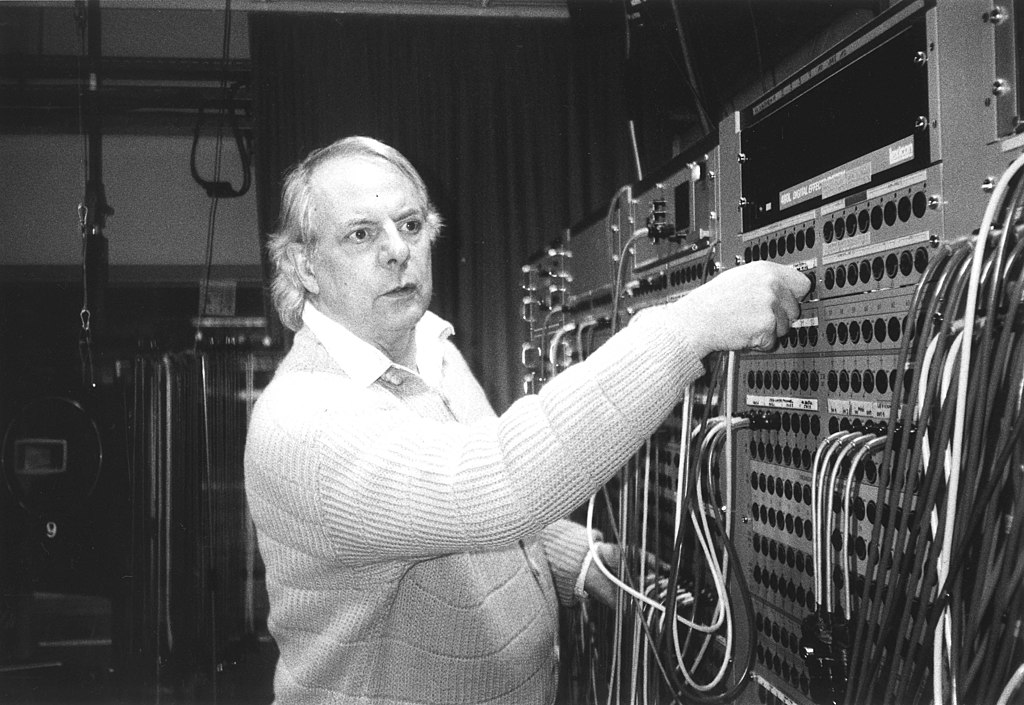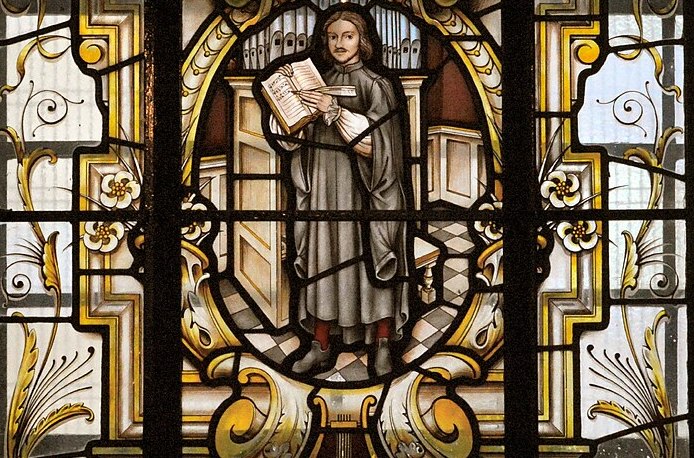At the turning point from natural horn to valve horn
The horn player at the premiere, Henri Chaussier, played Saint-Saëns' "Morceau de Concert" on a special instrument.

Henle-Verlag has recently published the most important works of horn literature by Mozart, Beethoven, Schumann and others in Urtext editions. The new edition of the Morceau de Concert by Camille Saint-Saëns is, like the previous ones, excellently edited and provided with a foreword by the editor Dominik Rahmer, which provides detailed information about the special features of the piece. It was composed in 1887, at the time of the transition from the natural horn to the valve horn and is therefore of instrumental-historical significance. It was not easy for composers and horn players of the time to say goodbye to the natural horn and the transition to the valve horn was a smooth one. Henri Chaussier, the hornist at the premiere, therefore designed an instrument in which a valve block was fitted to the natural horn. This allowed him to switch to valve horn within the piece. Chaussier gave very detailed introductions to this system before concerts. The findings of this performance practice can or should also be taken into account on our modern instruments.
Camille Saint-Saëns: Morceau de Concert in F minor op. 94 for horn and piano, edited by Dominik Rahmer, HN 1284, € 13.00, G. Henle, Munich









